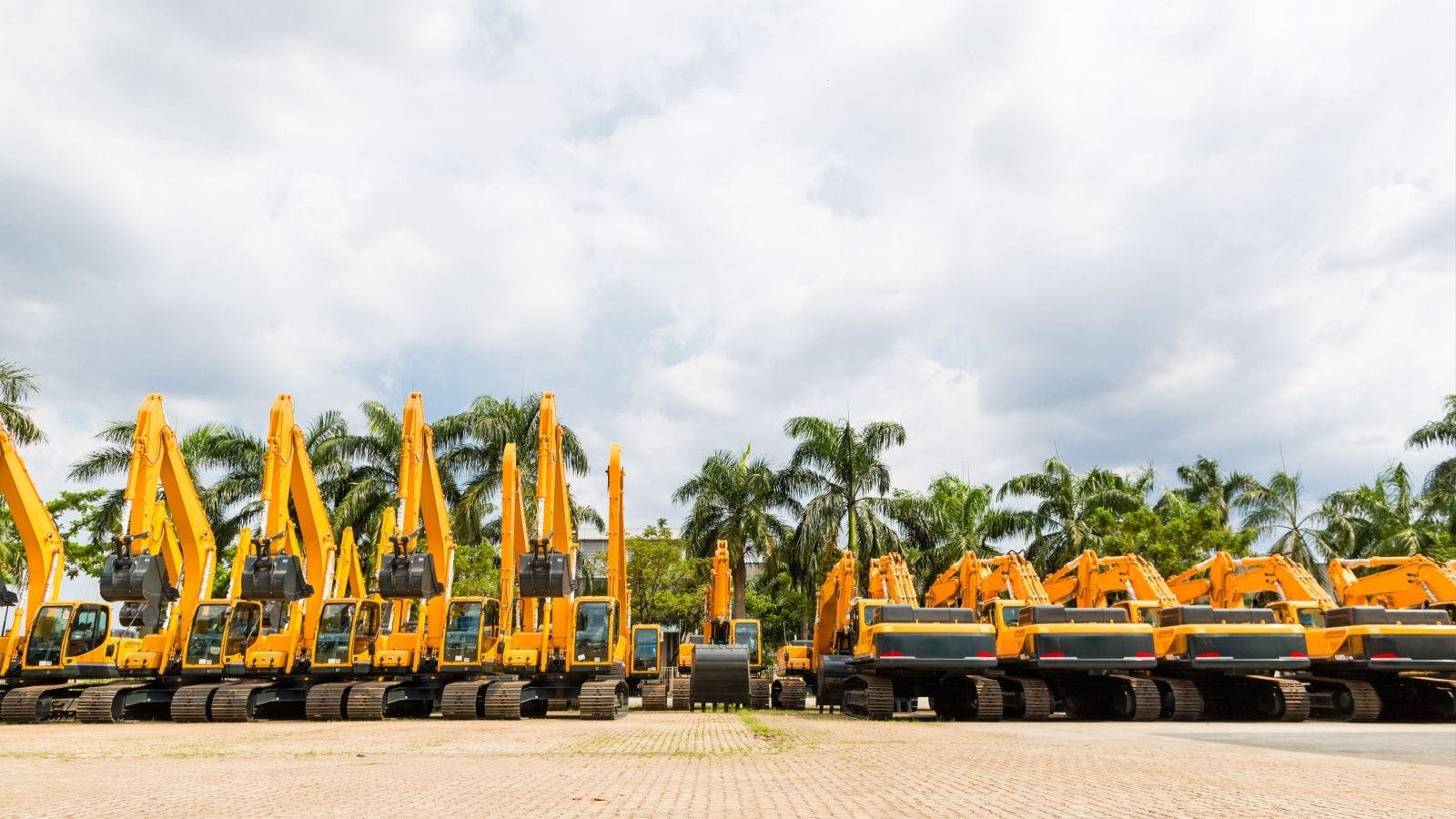
EEOC Announces Extension of EEO-1 Opening, Filing Deadlines
The U.S. Equal Employment Opportunity Commission (EEOC) has announced that it will extend the deadline for filing 2018 EEO-1 reports from March 31, 2019 to May 31, 2019. The survey, which usually opens in early January, will now open in early March of this year. This one-time extension was occasioned by the recent partial shutdown of the federal government—the EEOC was one of the agencies shuttered by the 35-day closure, the longest in history.
As reported earlier, typically in early January, employers that filed EEO-1 reports in the prior year would have received postcards from EEOC providing company log-in information for the EEO-1 web portal. Those postcards were not sent out during the shutdown, and the EEO-1’s web portal was inaccessible during that time. It was anticipated that the EEOC would announce an adjustment to the filing schedule to address issues raised by the shutdown.
In its recent announcement, the EEOC indicated that details and instructions for 2018 EEO-1filers (including the exact date of the survey opening) will be forthcoming, and has advised filers to monitor its EEO-1 website in coming weeks for schedule updates.
With the anticipated extension of the filing deadline now official, companies should begin to prepare their EEO-1 reports, using workforce data from one payroll in the fourth quarter of 2018.
Other recommended practices for employers preparing their EEO-1 reports include:
- Using visual survey or other available information to identify the sex and race or ethnicity of employees that choose not to self-identify. Employers are not permitted to omit employees of unknown status from the EEO-1 report;
- Determining the most appropriate payroll period from which to pull the workforce snapshot; and
- For federal contractors, making sure that their EEO-1 establishments properly align with their affirmative action plan establishments.
Article originally published by Littler on February 1, 2019.
Meredith C. Shoop advises and represents employers in matters of employment law and labor relations. She appears regularly in state and federal courts, as well as before the Equal Employment Opportunity Commission, the National Labor Relations Board, the Office of Federal Contract Compliance Programs and the Ohio Civil Rights Commission. Additionally, Meredith provides employers with counseling on a range of employment law issues, such as legal compliance. Previously, Meredith was a judicial extern to the Honorable Judge Peter C. Economus of the United States District Court, Northern District of Ohio.
Related stories








